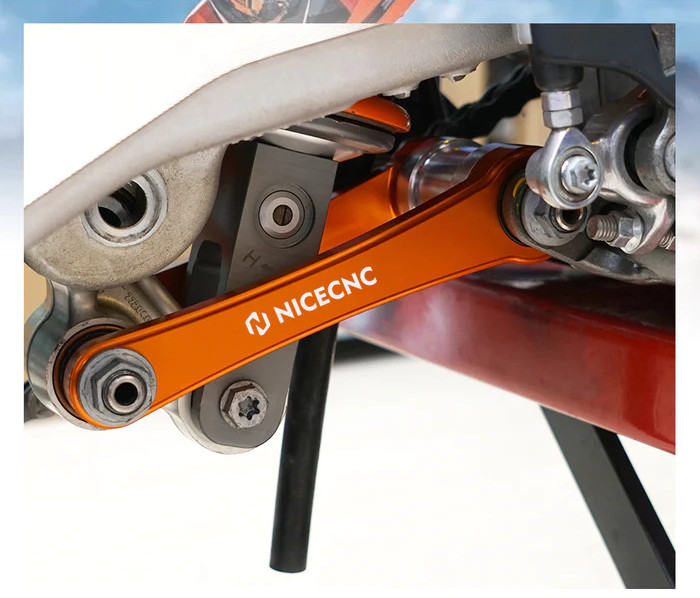The most common method used in the biz would be lowering links, but as far as I know, no one has attempted to adapt any commercially available link.

The geometry of the linkage, and the length of the new lowering link both contribute to the final drop, And you can add some "sag" by lowering the tension on the rear shock spring (preload). The latter can reduce performance of the rear suspension and isn't really advised.
The other consequence is that the kickstand ends up being a bit too long to use in most cases.
If you would like to try this method, get some measurements of the existing link with a micrometer. The key values would be the mounting width of the main bushing, the diameter of the holes (10mm is pretty common), and the distance between the mounting holes, center to center (bushing to end of leg).
Then shop around. Adjustment at the triple clamp can give you another 1/2" or maybe a little more, as Jerry sez. And if you add handlebars risers, you will have a little more room, though the diameter of the fork tubes may change, limiting how far you can move that.